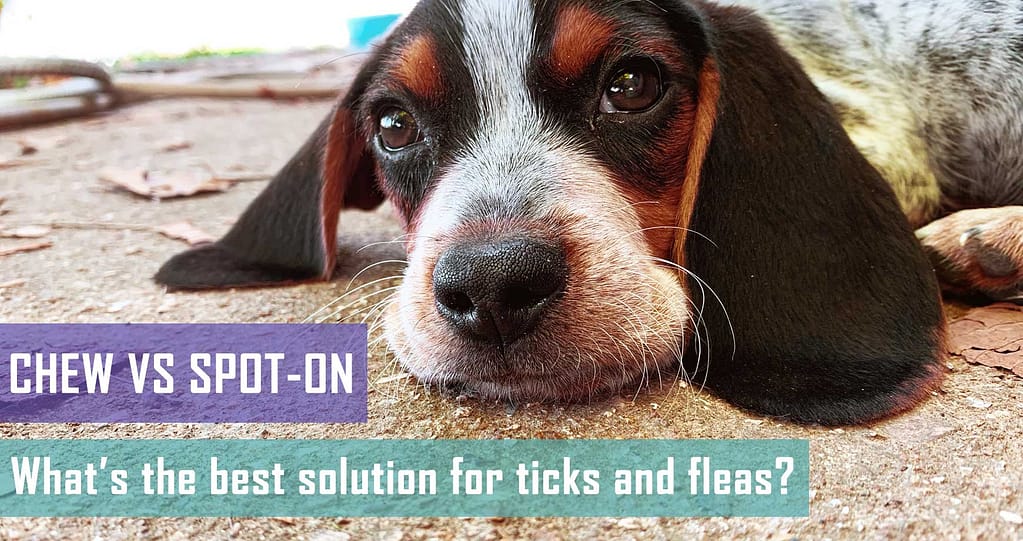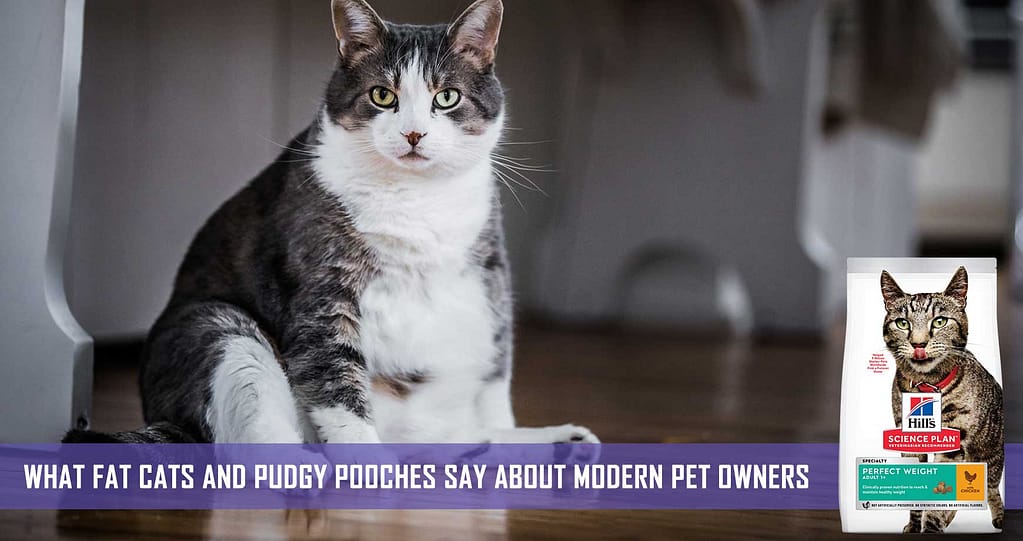[Sponsored post] Preventative medicine for pets has come a long way in recent years, giving pets and their pawrents many different options to suit their health, wellbeing and lifestyles. That being said, there’s a tick, flea, mite and deworming solution for every dog – it just depends on how they are applied, how they suit the animal and how effectively they manage the problem parasites.
The two most common forms of preventative medicine for ticks and fleas include a topical spot-on treatment applied to the dog’s coat from shoulder blades to tail, and an oral chewable tablet, which provides a long-lasting barrier against ticks and fleas from within. Bravecto (by MSD Animal Health) comes in both topical and oral format, so we’re comparing these products to reach our conclusion:
Bravecto Chew
- Administered orally
- Contains fluralaner
- For dogs only
- Kills ticks, fleas, Demodex spp., sarcoptic mites, ear mites
- Takes 4 hours to start working for fleas
- Kills +95% of fleas within 12 hours
- Lasts for 12 weeks for fleas
- Kills 100% of ticks within 12 hours
- Lasts for 12 weeks for ticks
- Safe for pregnant, breeding, and lactating dogs, as well as those with a MDR 1 gene mutation
- Can be given to puppies at least 8 weeks or older
- Puppies/dogs must weigh at least 2 kg before being given the chew
- Comes in suitable dosages for toy, small, medium, large and extra-large breeds
- Easy to administer – the chew is highly palatable
- Conveniently non-messy
- Won’t be effective if the dog vomits immediately after ingestion
- Does not repel ticks and fleas – they die when they ingest the sub-cutaneous fluralaner
- Causes no harm to the skin
- More expensive than spot-on
Bravecto Spot-on
- Administered topically
- Contains fluralaner
- Variants for dogs and cats
- Kills ticks, fleas, Demodex spp., sarcoptic mites, ear mites
- Takes 8 hours to start working for fleas
- Kills +95% of fleas within 8 hours
- Lasts for 24 weeks for fleas
- Kills 100% of ticks within 12 hours
- Lasts for 16 weeks for ticks
- Safe for pregnant, breeding, and lactating dogs, as well as those with a MDR 1 gene mutation
- Can be given to puppies at least 8 weeks or older
- Puppies/dogs must weigh at least 2 kg before being treated with spot-on
- Comes in suitable dosages for toy, small, medium, large and extra-large breeds
- Easy to administer – applied topically, but can be messy
- Spot-on needs to dry for at least 30 minutes, so the dog needs to be prevented from licking at the treatment
- Keep treated dog away from children, bathing and swimming for 3 days
- Repels ticks and fleas
- Can cause rash or lesions on the skin
- Cheaper than chew
So, which is better?
Having compared the administration, efficacy and lasting action of Bravecto chew vs spot-on, you can now weigh up which tick and flea preventative solution would be best suited to your lifestyle and furry friend. For instance:
- If your dog’s skin is sensitive, or if she’s an avid swimmer who is exposed to water every day, it may be better for her to eat the chew.
- The Bravecto chew is also more convenient for the guide dogs of sight-impaired people who may struggle with a topical application.
- If your pup has a sensitive stomach, turns his nose up at the chew, you prefer a more cost-effective solution, or you want a longer-term treatment, perhaps the spot-on would be better.
Whether you opt for the chew or the spot-on treatment will depend on your dog’s health and your lifestyle. We think the chew is no-mess, no-fuss; while the spot-on treatment offers a direct, parasite-repelling and killing action that lasts longer. To really understand which would be the best choice, visit your vet and get their trusted recommendation.
Spot-on treatment for cats
Bravecto’s Spot-on for cats is also highly effective and kills ticks and fleas for up to three months (12 weeks). The safety of this spot-on treatment in pregnant and lactating cats has not yet been determined. Be sure to read the insert before administering this spot-on treatment to your cat. Ask your vet for any advice if you are unsure.







